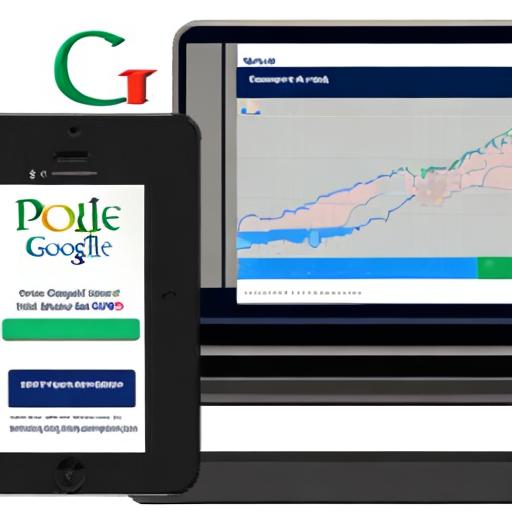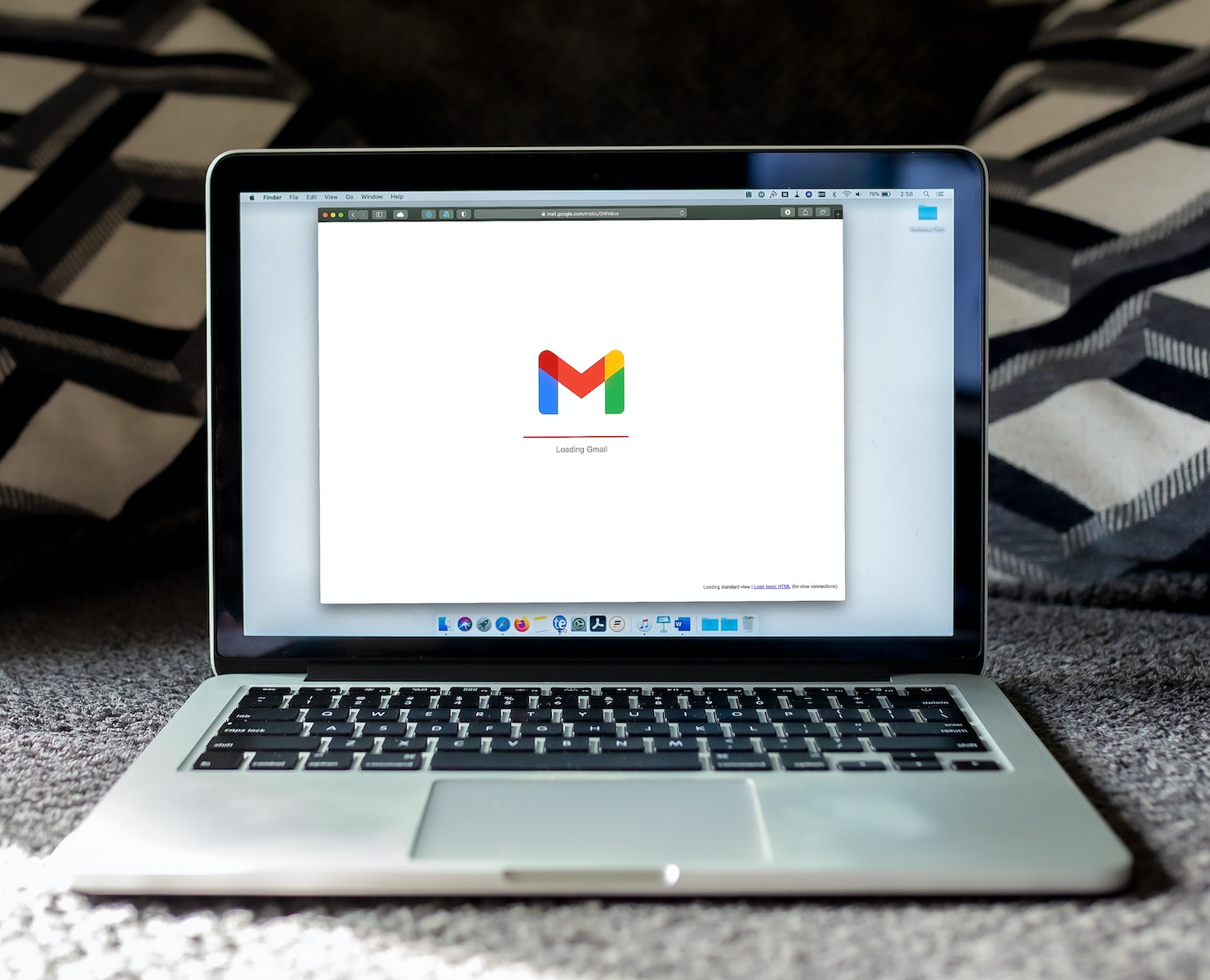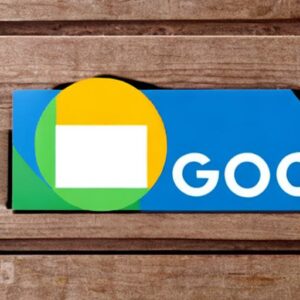Cost per click (CPC) is a term used in the online advertising world that refers to the cost an advertiser will pay for each click on an advertisement. It is a payment model for advertising space provided by search engines and websites that allow advertising, and is often used to measure campaign effectiveness. In this tutorial, we’ll learn what CPC is, how it works, and what other alternatives are available to advertisers.
What is CPC?
Cost per click (CPC) is an online advertising pricing model in which an advertiser pays each time a user clicks on their online ad. This is the amount an advertiser pays for each click on their ad. The cost of a click is determined by several factors, including the competitiveness of the keyword used, the Quality Score of the ad, and the advertiser’s bidding strategy. In the case of paid search ads, ads are displayed at the top or bottom of search results. For display ads, ads are displayed on partner websites.
For example, if an advertiser sets a budget of $100 for a campaign and the CPC is $2, they will receive 50 clicks on their ad. This payment model allows advertisers to pay only for clicks on their ad, rather than impressions (the number of times an ad is viewed).
What is cost per click?
Cost per click (CPC) is the cost the advertiser has to pay each time a user clicks on their ad online. The cost per click is generally set by the online advertising platform on which the advertiser displays their ads.
CPC can vary based on several factors, such as ad position on the page, competition for the keyword, search volume for the keyword, and quality of the ad’s landing page. advertiser.
CPC is often used as a performance metric for online advertising campaigns. If the objective of an advertising campaign is to drive traffic to the advertiser’s website, then the cost per click is an important metric to measure the success of the campaign.
How does CPC work?
CPC is calculated by dividing the total amount spent on a campaign by the number of clicks received on the ad. This calculation provides the cost per click paid by an advertiser for their advertisement.
The main factors that determine the CPC of an advertisement are the competitiveness of the keyword used and the quality score of the advertisement. The more competitive the keyword, the higher the CPC will be, as more advertisers will compete for the same ad space.
An ad’s Quality Score is also an important factor in determining CPC. Search engines and advertising platforms assign a quality score to each ad, based on factors such as relevance, landing page experience, and click-through rate. The higher an ad’s Quality Score, the lower that ad’s CPC will be.
Measure the effectiveness of your advertising campaigns using CPC
Cost per click is one of the easiest and most direct ways to measure the effectiveness of your ad campaigns . It allows you to measure the traffic and the number of leads or conversions generated by your advertising campaigns. By knowing the cost per click, you can determine the number of clicks needed to get a lead or sale.
For example, if 100 people click on your ad and it generates 20 leads or sales, your cost per lead or cost per sale will be $5. If your cost per click is high, but your conversion rate (number of leads or sales generated per click) is low, that means you need to improve your ad text, targeting, or landing page.
Can you choose other alternatives to CPC?
Although CPC is a popular metric for PPC campaigns, there are other alternatives you can choose from depending on your advertising goals and objectives. Let’s explore some of these alternatives in more detail.
Cost per acquisition (CPA)
CPA is an indicator that measures the amount paid by an advertiser to acquire a new customer through their advertising campaign. In a CPA model, the advertiser pays only when a user takes a specific action, such as making a purchase or filling out a form on their website.
The advantage of using a CPA model is that you only pay when you get a specific action you want. However, CPA tends to be more expensive than CPC because you’re not paying for the clicks, but rather for the final conversion.
Cost per impression (CPM)
CPM is an indicator that measures the amount paid by an advertiser for each impression of their ad. In a CPM model, the advertiser pays for every 1,000 times their ad is displayed on the SERP.
The advantage of using CPM is that you can gain exposure without necessarily paying for clicks. However, the downside is that you have no guarantee that people will actually click on your ad.
Although CPC is the most commonly used payment model in online advertising , these alternatives can be useful in certain circumstances. For example, CPA can be useful for e-commerce businesses that want to specifically track purchases made through their advertising campaigns.
Conclusion
In conclusion, cost per click (CPC) is a popular payment model for online advertising, which allows advertisers to pay only for clicks on their advertisements. The amount an advertiser pays per click is determined by several factors, including the competitiveness of the keyword and the Quality Score of the ad. Although CPC is the most common payment model used in online advertising, there are other alternatives available to advertisers, including CPM, CPA, and CPV. Choosing the right payment model for your advertising campaign depends on your specific goals and objectives.
The key takeaway from this guide is to understand the important metrics and pricing models available to you and choose the one that best suits your advertising campaign. By testing different pricing models and metrics, you can optimize your ads for optimal performance and ROI.










